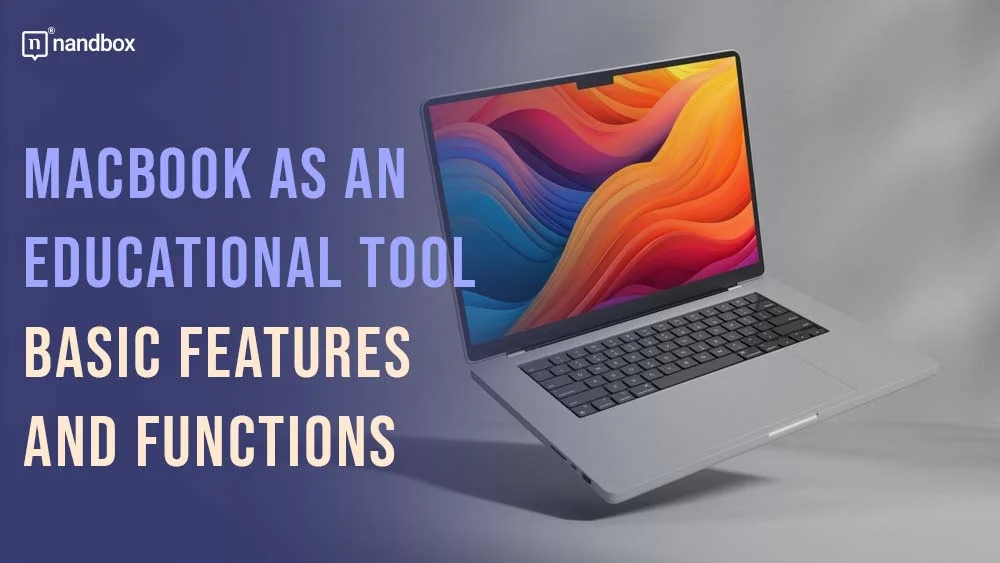How to Use MacBook for Education: Essential Features
Today’s world is technologically advanced, and education has taken an important step towards incorporating technology in the learning process. MacBook is a powerful device that can be used to meet a variety of educational needs. This article explores the world of MacBooks and their basic features and functions that can contribute to an engaging and productive learning experience. Dive deep in order to understand the use of the MacBook for education in an efficient way.
Versatile platform for diverse learning needs
MacBooks are a versatile learning platform for students of all ages, including elementary school children and adults pursuing continuing education. Even the youngest of learners can navigate and use the device with ease thanks to the intuitive interface and user-friendly design. The pre-installed iWork Suite provides students with all the tools they need to create documents and spreadsheets. They can also make presentations. Meanwhile, the App Store has a wide range of educational apps for different subjects and skill levels.
Productivity and Organization Enhanced
MacBooks have powerful features to enhance productivity and organize your studies. Students can work on several assignments at once with the ability to seamlessly switch between applications. The robust file management system also ensures that all important documents and materials are easily accessible and organized. The integration of cloud-based services such as iCloud Drive and Google Drive allows for collaboration and file sharing between peers and instructors. When it comes to writing papers or essays, having the right resources can greatly assist students in crafting well-researched and structured pieces. Online writing services like write me a paper provide professional assistance to students seeking help with their academic writing tasks.
A wealth of educational resources are available
MacBooks give students access to an incredible amount of educational resources, both online and offline. Students can access a wide range of educational websites and online learning platforms with an internet connection. This allows them to expand their knowledge beyond traditional textbooks. MacBooks also allow you to store and download educational content off-line, so that you can access learning materials in places with low internet connectivity.
Creativity, Innovation and Ingenuity
The use of the MacBook for education encourages creativity and innovation by allowing students to express themselves and participate in interactive learning. MacBooks have powerful multimedia capabilities that allow students to create multimedia, such as videos, podcasts and presentations. The intuitive design software, like GarageBand or iMovie, allows them to explore musical and filmmaking talent. The vast array of programming tools and languages available on MacBooks also encourages students to get into app development and coding. You can find more information about enhancing online security and password management in the article which discusses how the Sora reading app has been used to access over 100 million e-books and audiobooks worldwide.
Personalized Learning and Adaptability
MacBooks provide a personalized learning experience that is tailored to each individual’s learning style and preference. Students can customize their workspace with the customizable interface, and accessibility features are available for students who have diverse learning needs. The integration of educational technologies, including text-to-speech and speech-to-text features, also supports inclusive learning environments.
MacBooks are a transformative tool in education. They empower students to improve their learning experience and achieve academic goals. With their versatile platform, productivity-enhancing features, access to a wealth of educational resources, support for creativity and innovation, and adaptability to personalized learning, MacBooks are revolutionizing the way students learn and engage with knowledge. MacBooks are expected to play a greater role in education as technology advances. They will help bridge the gap between traditional methods of learning and the demands of the digital age.




